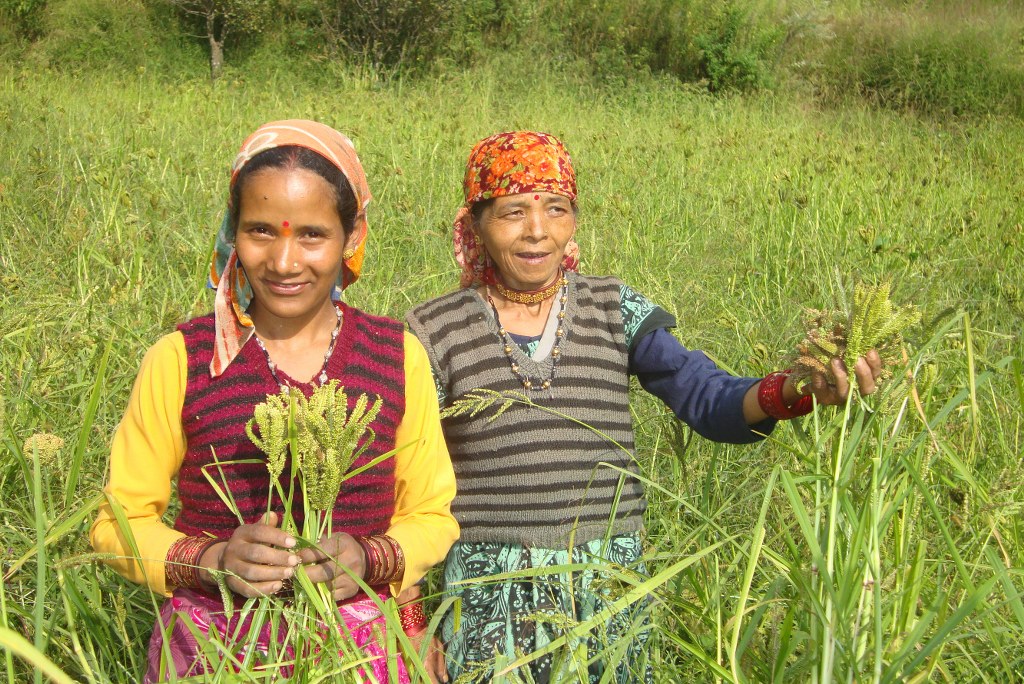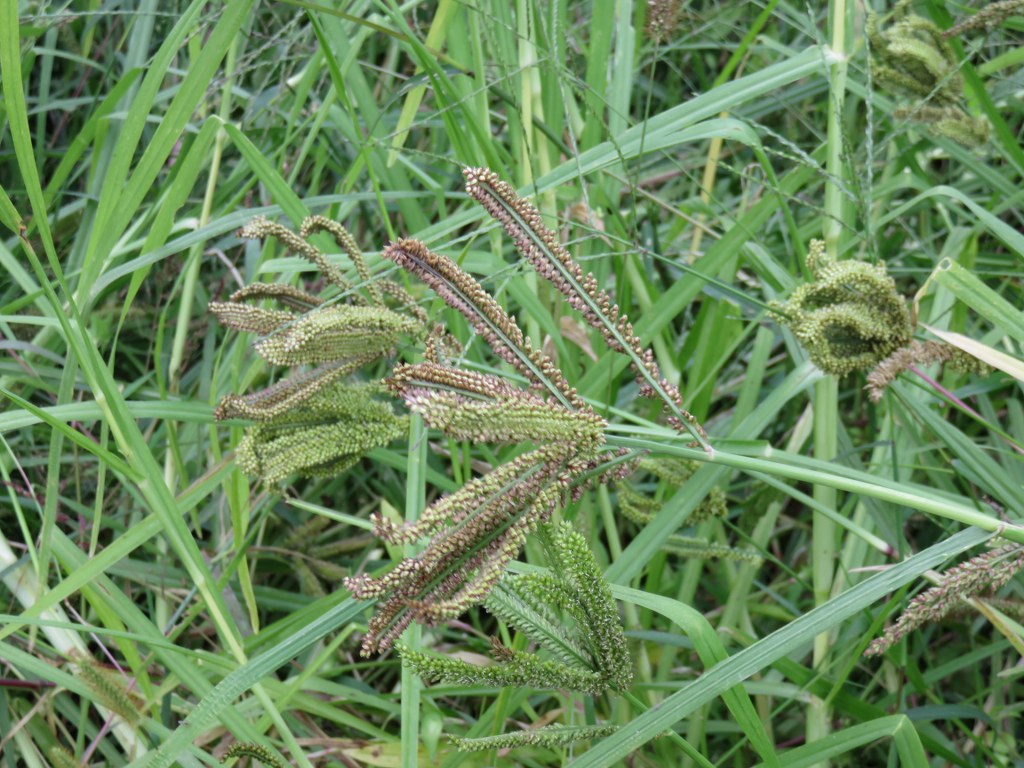Dr Suman Sahai is a scientist and founder chairperson of the Gene Campaign, a leading research and advocacy organization. She can be reached at mail@genecampaign.org .

As a large section of India is now aware, 2023 has been declared the Year of Millets by the UN Food and Agriculture Organisation (UN FAO). The highlighting of millets on the global platform was mooted by MS Swaminathan some years ago, to focus attention on the importance of these highly nutritious grains which had ceded agricultural space to wheat and rice and fallen by the wayside after the Green Revolution. Ever since the UN FAO declaration, campuses across India are holding programs on millets. Every agriculture research station is conducting awareness programs, the better ones are doing exhibitions and demonstrations. How sorely such awareness programs are needed is seen in the near blank responses of the majority of visitors when asked what they knew about millets. Nothing.
Why are millets important, one might ask. India is home to the largest number of hungry people in the world and sits near the bottom on the list of countries facing high levels of malnutrition. India also , like many countries in the tropical zone, is going to bear the worst brunt of climate change. This means a rocky agriculture scenario with unstable food production. Wheat, North India’s main Rabi (winter) crop is anticipated to suffer significant declines in production as temperatures rise with global warming. This becomes exceedingly critical since wheat along with rice, is the mainstay of India’s buffer stocks and its subsidized food programs. These are the Public Distribution System (PDS), the Mid Day Meal Scheme in schools, The ICDS ( Integrated Child Development Services Scheme) as well as the Annapurna and Antodaya food schemes.

Millets can play a major role in addressing these challenges to India’s food and nutrition security. That’s because millets are hardy crops with a wide adaptation window which allows them to grow in diverse agro-ecological zones. They grow in high altitudes, in low altitudes like the plains of India and almost everywhere else. They need little water and have high temperature tolerance.
On top of all this, the photosynthesis system of millets is more efficient than that of wheat and rice. In scientific jargon, millets are C4 crops whereas rice and wheat are C3 crops. C4 crops have a higher water use efficiency and are productive in climatic conditions that are hot and dry. C3 crops on the other hand, suffer under hot and dry conditions and lose productivity. That is the reason, millets will perform well under the hot and water stressed conditions brought about by climate change and will hence stabilise food production better than wheat and rice. So much for the production of food grains.
The other stellar role that millets can play is in alleviating malnutrition. This is especially relevant for states like Uttarakhand which show appalling figures for malnutrition. Millets are nutrition bombs that are loaded with vitamins and minerals like calcium, iron, magnesium, manganese and several others. Finger millet, also called ragi and madua is loaded with calcium. Barnyard millet called sawa in UP and Bihar and madira in Uttarakhand, is a powerhouse of iron. These micronutrients are the key to good health and their deficiency is the main cause of under nutrition and malnutrition. Mainstreaming millets and incorporating them in family diets will go a long way in helping to improve the nutritional status of our poor. But to get there, a lot of work needs to be done.